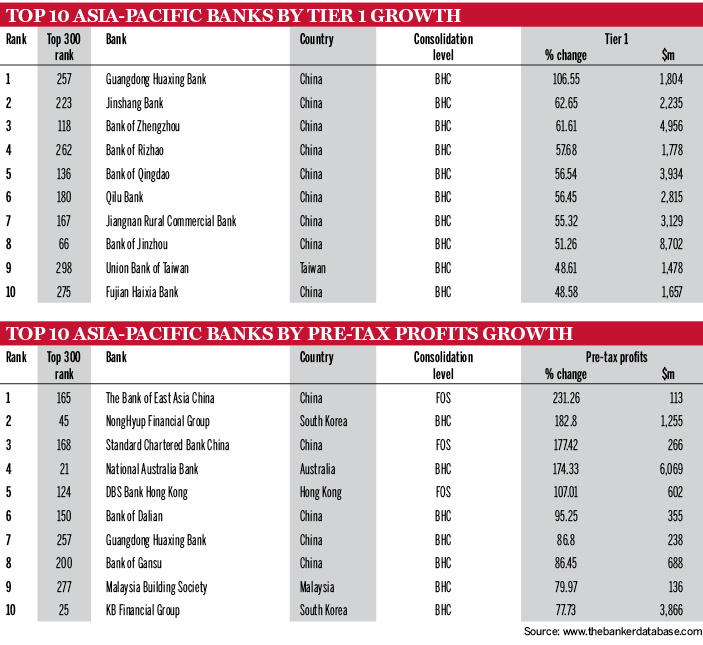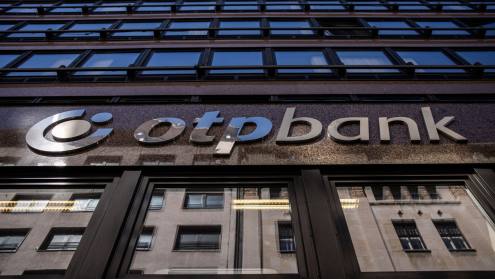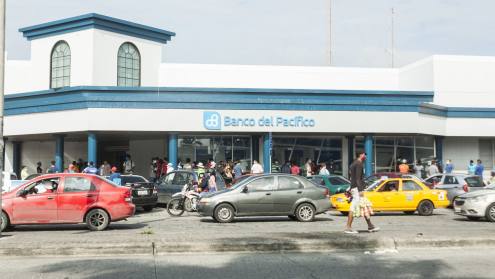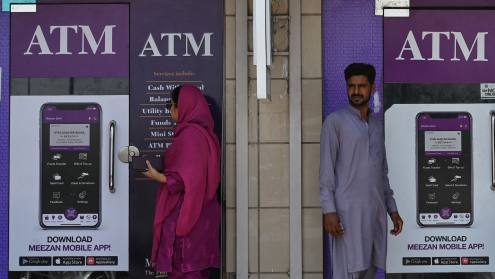The dominance of Chinese lenders in The Banker’s Top 300 Asia-Pacific Banks ranking continues for another year. The overall table – based upon 2017 financial results – shows Chinese lenders holding seven of the top 10 places, with only Japanese lenders breaking up the country's dominance.
The strength of China's banks stems from substantial Tier 1 growth, with even the smaller lenders enjoying considerable gains. The only bank in the top 10 for Tier 1 growth not from the Chinese mainland is Union Bank of Taiwan in ninth position.
This year’s results saw banks from 15 countries make the Top 300 rankings. While Chinese banks represent more than one-third of these, with 107 banks, the aggregate return on Tier 1 capital among its banks was lower than some of its regional neighbours. Australia takes top placing, with a 21.1% return from the $179bn aggregated capital of its 10 banks in the ranking. Macau has just two banks in the Top 300, but still posted $46bn in total capital.
Mixed bag for profits
The picture for pre-tax profit is more mixed, as China has only two banks in the top five by this measure. The country as a whole registered an aggregated pre-tax profit increase of just 10% in 2017, falling far short of the 79% increase recorded by the 12 South Korean banks to make the ranking.
When it comes to return on assets, the story is very different. Only one Chinese bank features in this list – Bank of Taizhou in seventh place. Indonesia’s Bank Central Asia, Japan’s Seven Bank and India’s Citibank India claim the respective top three places.
From the perspective of asset growth India’s Yes Bank comes ahead of nine Chinese banks with a 44.8% growth in assets to $48bn. While the monetary total of Yes Bank's assets is lower than a number of the Chinese banks in the top 10 by this measure – for example, second placed Bank of Jinzhou reported growth of $111.1bn – Yes Bank's rate of growth is staggering considering the impact that non-performing debts had on Indian banks in the overall rankings.
India’s banks pre-tax profits plummeted by 147.7%, and their aggregate return on capital fell to -3.3%.













